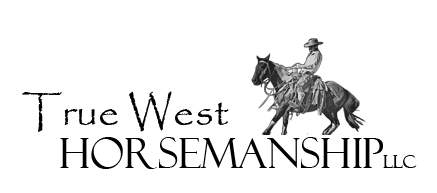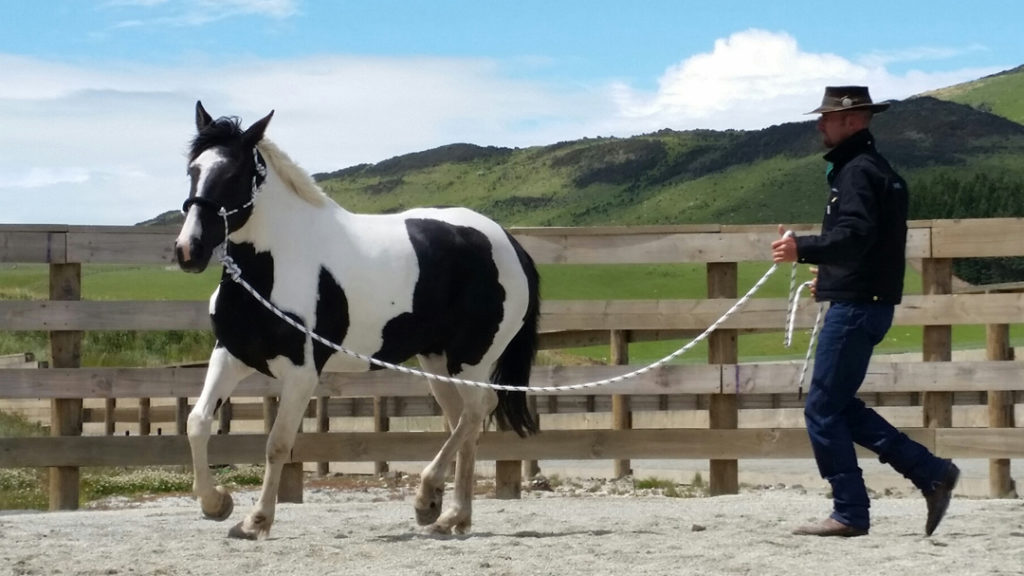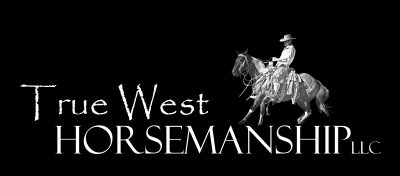A common issue that arises in a lot of our Clinics or Lessons is learning how to handle a dull or “over-desensitized” horse. Equines that are naturally quieter usually take to our training more willingly, at least on the outside, and deal new experiences with less reaction than their “spookier” cousin.
Quite often this type of individual has been over-handled and/or mishandled, basically leading to a misunderstanding in the horse’s mind about how we actually want him to respond to the stimuli of cues and interact with people in general. This can be particularly dangerous because they appear so safe and quiet in general, yet if there’s not a foundation of respect, trust and understanding then when push comes to shove, we’re at risk of being stepped on, run over, bucked off, crushed, etc.
This category of horse nature might include elements of laziness (i.e. he’s not really that well trained, he’s just too lazy to “react”) or of a particular willingness that some horses naturally possess that make them incredibly “easy” to train and work with. In any of these cases, the fact still remains that without thoroughness in their foundation training the horse will have “holes” that will reveal themselves at inopportune times in the future.
Looking at the classic case of a dull, over-handled horse that has a streak of laziness, we have to understand that we need to build responsiveness back into him and that will require some extra “life” from us. In order for an unresponsive horse to become sensitive again, we must consistently give him the chance to respond to light cues and lower-pressure body language. If we always ask him to do things with a high level of “life” or physical contact (leg, rein, etc), or if we nag at him then we’re contributing to his dullness. At the same time, it is crucial that unresponsiveness is always met with increasing “life” or pressure until the moment there is a “try” towards what we are asking. The properly timed release of that pressure is what will cause the horse next time to look to do the same thing that resulted in the release this time.
Many times it is during this process of rebuilding “life” and responsiveness that we discover “Mr. Easygoing” is only such as long as he’s basically left alone or everything around him is in his comfort zone. This is one of the holes I referred to earlier and it is much better for it to come to the surface while we’re looking for it, rather than catching us by surprise in a situation out of our control down the road. It is up to us to prepare them for that situation and build trust by taking them out of their comfort zone in a controlled environment and then showing them how to come back to “response”. As always these training scenarios need to be set up so that the horse finds the right thing to do because it’s the easy thing to do.
Mishandled and dull horses can be made light and responsive again it just requires consistency, understanding and patience on our part.



